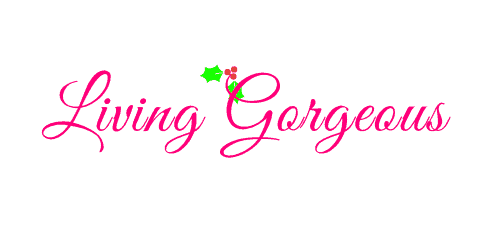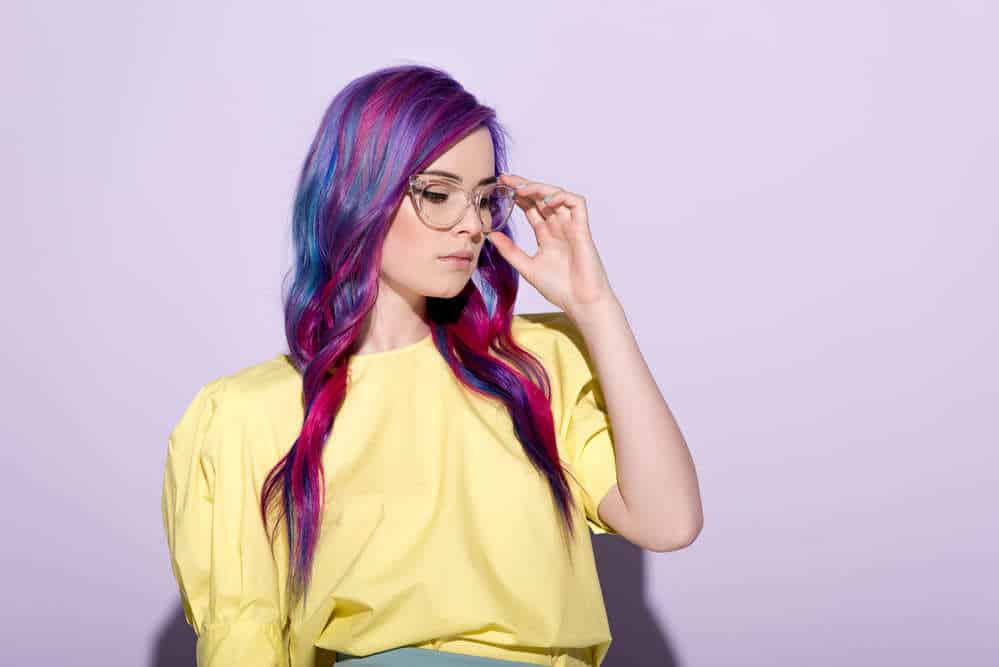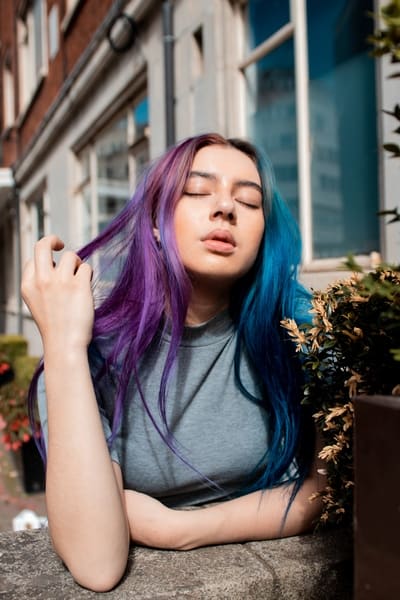If you are thinking to mix blue hair dye with purple hair dye, know that you are not alone.
There are many women and even men who are aiming for an original and vibrant hair shade. And nothing is more intense and attractive than the right combination of blue and purple.
However, before you dive into this process, we recommend you to check the market well. You might find just the color you want without having to mix two different shades
This is not such a long shot as most brands develop their range of colors every year so chances are you might find just what you want. If you did that but still couldn’t find the right blue-purple combination, keep on reading.
What Do You Get When You Mix Blue and Purple?
Mixing blue and purple will still give you shades of purple. But these shades will be different in intensity. Purple comes from mixing blue with red.
So, if you add more blue, your purple shade will be more on the darker side. Consequently, if you add more red, your purple shade will be lighter and more pinkish. So, it all depends on the final result you want to achieve.
Also Read: Best Color to Dye Over Blue Hair: Complete Guide
How to Mix Blue and Purple Hair Dye?
Before you start mixing your purple dye with your blue dye you will have to decide on which type of dye to purchase. There are semi-permanent dyes and permanent dyes.
When it comes to uncommon shades such as blue and purple, you are better going for a semi-permanent dye. The permanent ones don’t come in such a wide range of colors. So, if you have your mindset on mixing blue and purple dye here are the steps that you should follow for great results.
Find a plastic container to do your mix
Choose your mix container wisely as it might get stains on it. Sometimes, hair dye is hard to remove from certain surfaces. Because of this reason, you should go for a container that you don’t intend to lose for anything else other than mixing your hair dyes.
Add the blue to the purple
You will have to pour the purple dye in your mix bowl and gradually add the blue. You might not want equal quantities of these colors so add the blue one spoon at a time.
The more blue you add, the deeper and more intense the purple will be. Blue tends to give the purple shade a darker tone as well so it is important to not add too much.
Check your color as you add the blue
With each spoon of blue, you add to your purple dye, you should see a difference in the color tone. By keeping an eye on this, you will know when to stop adding the blue.
If you are still thinking to mix all your blue dye with your purple dye all at once, you should know you take a big risk. You might not end up with the shade you were hoping for and you will have to invest in new hair dyes.
Also Read: How Long Does Blue Hair Last?
Can Blue Hair Dye Go Over Purple?
Let’s say your hair is blue already and you are thinking about adding purple over it. This is an option but you have to be ready for the results. You might not get the shade you expect by doing that.
Keep in mind that the more intense your blue shade is, the darker your purple hair will become.
However, the purple will stay purple even if you cover it with a blue dye. If you want to get a darker shade of purple than you already have on, dying your hair with blue color might give you just that.
There are many shades of blue on the market, though, and it can be difficult to decide which one will go for your hair. It all depends on the final shade you want to obtain.
If you just want to intensify your purple with one tone you can choose a light shade of blue. If you want to darken it with two tones or more, choose a medium or darker blue.
Also Read: Should I Condition My Hair Before Coloring?
What Colors Can You Mix With Purple?
The colors you decide to mix with a purple hair dye vary according to the shade you want to obtain.
Blue and red are the basic colors that form purple, to begin with. If you play with these two basic shades you can obtain different shades of purple. Blue will darken your purple while red will lighten it or turn it into a pinkish shade.
Mixing purple with blonde for instance will create a muted purple shade. Meaning that if your shade of purple will be darker or lighter depending on the intensity it has to begin with and the shade of blonde you use.
But mixing purple with blonde will not make sure a big difference so you might not want to go down that road. Keep in mind that even if purple is known to cancel yellow, yellow will not necessarily cancel purple.
If your hair is just a light shade of purple and you want to cancel it and change to a different color you might want to try orange. This works best if the purple is more on the pinkish side and less on the blue side.
The secret of your success stays in the shade of purple you have.
Besides these examples, keep in mind that you can mix purple with any type of hair dye and you will get a different tone. Some, like yellow or orange, will lighten up or even cancel your purple shade.
Others, like green, blue, or brown will get your purple darker.
Will Mixing Red and Blue Hair Dye Make Purple?
Since the purple color comes from mixing red with blue, you will most likely wonder if this theory applies to hair dye as well. The truth is yes, if you mix red hair dye with blue hair dye you will obtain purple because the color pigments will combine nicely with each other.
However, the shade of purple you obtain will depend on the shade of red and the shade of blue that you use. If you use lighter shades, you will get a light purple while if you use darker shades you will get a darker purple.
At the same time, if you add more blue than red in your mix, your purple shade will be not only darker but will have a blue tint. Equally, if you add more red than blue you will get a pinkish purple in a lighter version.
Also Read: 6 Ways to Fix Over Toned Purple Hair
Conclusion
Playing around with hair dye colors can be entertaining, if you are free to experiment.
But if you have your heart set on a certain shade of purple and you don’t want to take any risks, you are better if you let a specialist do it. Anyway, you can’t go very wrong with mixing purple and blue.
The worst thing you can do is end up with a shade that is lighter or darker than the one you were aiming for.


